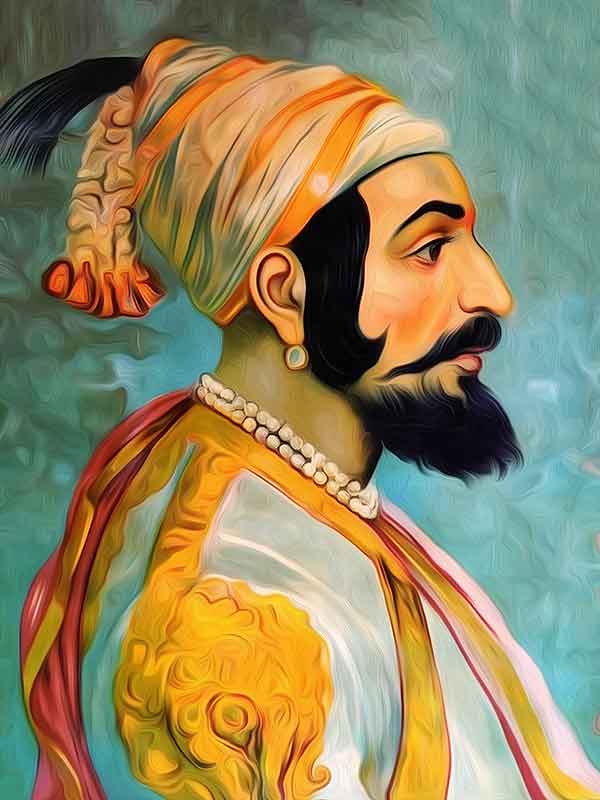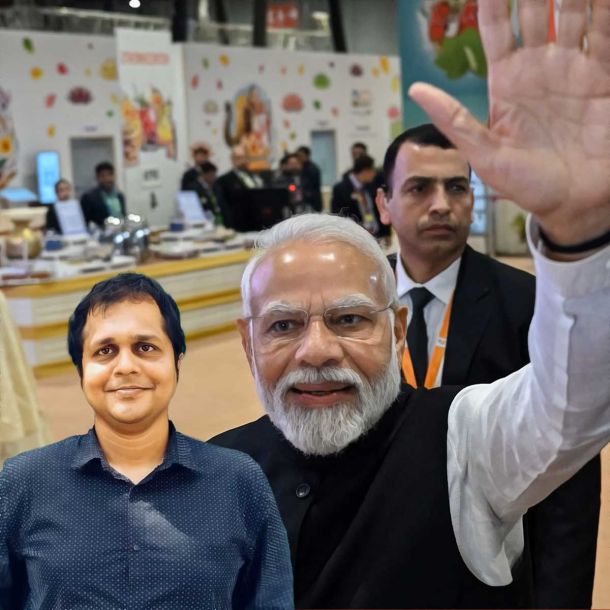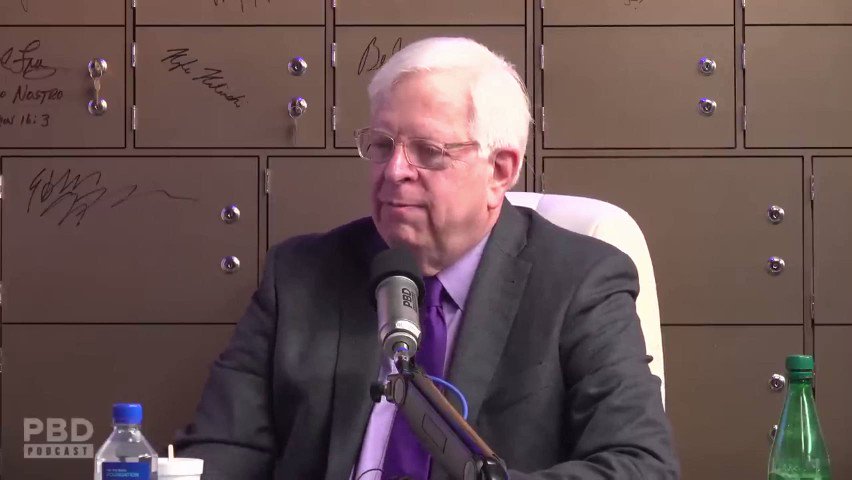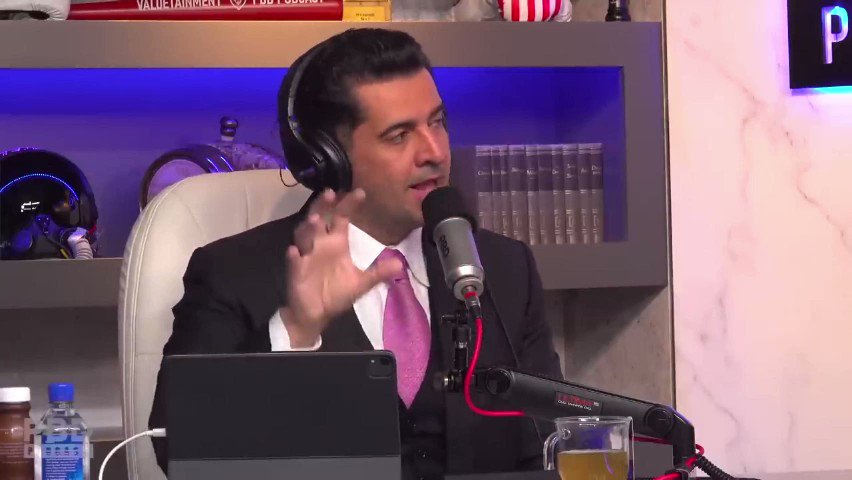More Coverage
Twitter Coverage
Satyaagrah
Written on
Satyaagrah
Written on
Satyaagrah
Written on
Satyaagrah
Written on
Satyaagrah
Written on
JOIN SATYAAGRAH SOCIAL MEDIA
After 41 years, India returns to space as IAF’s Group Captain Shubhanshu Shukla pilots Axiom-4 to ISS on June 10, leading 7 Indian experiments and paving the way for Gaganyaan, a future space station by 2035, and a Moon landing by 2040

On 10th June 2025, India is set to mark a turning point in its space journey. On this historic day, Group Captain Shubhanshu Shukla, a proud officer of the Indian Air Force, will become the pilot of the Axiom-4 mission heading to the International Space Station (ISS). His journey carries deep meaning, as it comes forty-one years after Rakesh Sharma’s iconic spaceflight in 1984. Shukla’s mission goes far beyond pride—it is a step forward for India’s goals in space, especially in human spaceflight and scientific exploration. This event doesn’t just recall a historic past, it reignites India’s vision for the future in space.
|
If the weather remains favourable, the SpaceX Falcon 9 rocket will launch from NASA’s Kennedy Space Centre in Florida on 10th June, carrying four astronauts who will travel together on a two-week mission to the ISS. One of them is Group Captain Shubhanshu Shukla, known for his excellence as a pilot in the Indian Air Force. This flight will be India’s first human space mission after 41 years, making it a powerful symbol of resilience and renewal in the Indian space programme.
The mission is titled Axiom Mission 4 (Ax-4) and is led by Axiom Space, a Houston-based private space company that has quickly gained recognition for its achievements in low-Earth orbit operations. What makes this mission particularly special for India is that Shukla will become the first Indian astronaut to ever reach the ISS, marking a historic milestone and a proud chapter in India’s space journey.
Axiom-4 is not just another space mission—it is Axiom Space’s fourth crewed mission, carried out in partnership with NASA and SpaceX. This spaceflight is entirely commercial and will conduct over 60 scientific experiments in key areas like human physiology, Earth observation, material science, and space agriculture. These studies are expected to add value to both practical life and academic research, strengthening India’s role in cutting-edge science.
The importance of this mission is not limited to its scientific goals. It also highlights how public and private sectors can work together in space exploration. The Axiom-4 mission creates an opportunity for countries like India, Poland, and Hungary, who have not been active in human spaceflight for many years, to reclaim their place in space exploration. Through this, they rebuild their capabilities and global presence in the field.
But the mission’s vision stretches even further. It is also a crucial first step toward Axiom Space’s long-term objective: to build the world’s first commercial space station. The ISS-based mission gives scientists and engineers a chance to gain real operational experience, which will be essential when the company starts launching its own orbital infrastructure, planned to begin before the decade ends. This makes Axiom-4 not just a flight to space, but a foundation for the next era in human space living and research.
There are four highly qualified astronauts taking part in the Axiom-4 mission. Each one brings a strong background and represents a different country and area of expertise.
Commander Peggy Whitson (USA): A widely respected figure in space history, Whitson is a former NASA astronaut and an ex-commander of the ISS. She is America’s most experienced astronaut, with over 675 days in space and ten spacewalks under her belt. Her leadership will guide the entire team during this critical mission.
Pilot Shubhanshu Shukla (India): A skilled fighter pilot, experienced test pilot, and one of the four astronauts selected for India’s Gaganyaan mission. His expertise and calm under pressure make him a perfect choice for piloting this important mission.
Mission Specialist Sławosz Uznański-Wiśniewski (Poland): A CERN engineer and ESA reserve astronaut, he holds deep experience in radiation science and high-energy physics, which are crucial for many of the experiments aboard the ISS.
Mission Specialist Tibor Kapu (Hungary): A mechanical engineer trained under the Hungarian HUNOR astronaut programme, he specializes in space radiation and life sciences.
|
Together, they form a strong and diverse international team, showing the world that space exploration today is no longer limited by borders, but is instead a joint venture of shared knowledge, shared risks, and shared dreams.
At the centre of this proud moment is Group Captain Shubhanshu Shukla, a man who now carries the dreams of a nation into orbit. Born in 1985, Shukla joined the Indian Air Force in 2006, and through dedication and discipline, rose to become a Group Captain. His flying experience includes over 2,000 hours across fighter jets and transport aircraft, a clear sign of his exceptional skill and trustworthiness.
Shukla was chosen by ISRO for the Gaganyaan mission, India’s first indigenous human spaceflight programme, and trained at Star City, Russia, where he underwent intensive astronaut training. Now, as the pilot of Axiom-4, he serves as second-in-command to Commander Whitson. His job includes handling navigation, docking, and making critical decisions in case of emergencies.
Speaking ahead of the launch, Shukla said something that touched the hearts of millions across India. With calm strength in his voice, he declared: “As I go into space, I carry not just instruments and equipment, I carry hopes and dreams of a billion hearts. I request all Indians to pray for the success of our mission.” His words have sparked a wave of emotion across the nation. For Indians everywhere, this isn’t just about one man’s journey—it’s about a nation’s dream taking flight once again.
From Gaganyaan to ISS – Why Shukla’s role is strategic for ISRO
The mission that will take Group Captain Shubhanshu Shukla to space is not just a headline event—it is a major strategic step for ISRO. India has made a significant investment of Rs 500 crores to secure Shukla’s seat on the Axiom-4 mission, and this decision is not just symbolic. It’s a well-planned tactical move aimed at ensuring that India’s Gaganyaan mission, scheduled between 2025 and 2027, gains from real-time international experience and hands-on operational exposure.
ISRO Chairman V Narayanan expressed this clearly when he stated: “The benefit we will get from this mission is phenomenal in terms of the training, exposure to the facilities and the experience of jointly conducting experiments in space.” These are not just words—they underline the true value of the Axiom-4 mission for India. Through his journey, Shukla will gather valuable insights about microgravity, learn how international mission protocols are executed, and gain familiarity with space station operations. This hands-on knowledge will directly support ISRO’s efforts to launch its first fully crewed space mission using Indian technology.
The significance of India’s involvement in Ax-4 goes far beyond global visibility or national celebration. This mission will act as a real-time rehearsal for Gaganyaan, and even more importantly, it supports India’s long-term ambitions to have its own space station by 2035 and to land an Indian astronaut on the Moon by 2040. These goals are no longer distant dreams—they are part of a roadmap now actively under construction.
|
India’s scientific contribution – Experiments that could change how we live and eat
India is not just sending a pilot to space. It is also contributing to global science with seven key experiments out of the total 60 planned on the Ax-4 mission. Each experiment has been carefully selected to answer serious questions that concern life in space and its impact back on Earth.
One of the standout experiments will study six types of crop seeds to see how well they adapt in microgravity. The objective here is two-fold: to explore the possibility of space farming and to help scientists develop climate-resilient crops for use on Earth. These seeds may hold the key to future food security in both space and extreme environments on our planet.
Another experiment will examine three strains of microalgae, aiming to assess their use as food, fuel, and part of life-support systems for future long-duration missions. Microalgae are known for their high nutritional value and their ability to recycle carbon dioxide, which makes them ideal for sustaining human life in closed environments like a spacecraft.
Indian researchers will also study tardigrades, which are tiny, water-dwelling organisms famous for their ability to survive extreme conditions. This study aims to better understand how biological life can be protected in the harsh environment of space, a subject that could impact both medicine and space biology.
There will also be a medical experiment focusing on muscle atrophy in zero gravity. As astronauts spend more time in space, their muscles tend to weaken. The Indian study will look into rehabilitation techniques that can keep astronauts healthy during long stays in orbit.
One more fascinating area of research will look at screen interaction in microgravity. Scientists will examine how using screens in space affects eye movement, stress levels, and alertness. The findings could influence how spacecraft interfaces are designed in the future, ensuring better mental and physical health for astronauts on extended missions.
|
A timeline to launch – When and how will Ax-4 lift off
Although originally planned for an earlier date, Axiom-4 has faced two delays due to adverse weather conditions. The new scheduled launch date is 10th June, with the rocket expected to lift off at 8:22 AM EDT or 5:52 PM IST from Launch Complex 39A at Cape Canaveral, Florida.
The four astronauts, including Shukla, will board a brand-new SpaceX Crew Dragon capsule, which will be launched using a Falcon 9 rocket. Once in space, the capsule will separate and then autonomously dock with the ISS at around 12:30 PM EDT on 11th June.
The team will stay in orbit for up to 14 days, during which they will conduct scientific experiments and engage in outreach programmes. When the mission is complete, the capsule will return to Earth by splashing down off the California coast, where SpaceX recovery teams will retrieve it and bring the astronauts back home.
|
About Axiom Space
Founded in 2016, Axiom Space was created by two former NASA leaders, Michael T Suffredini and Kam Ghaffarian. Since then, it has grown into a pioneering force in what is called the New Space economy. The company doesn't just organize crewed missions to the ISS—it is also in the process of building the Axiom Station, which is planned to be a commercial successor to the ISS and is expected to be launched before 2030.
In the past, Axiom Space has already made headlines, such as when it sent the first private Israeli astronaut to space and also carried Saudi astronauts on another mission. The company has also worked with the European Union, proving that international, privatized space missions are not only possible but also highly valuable for global science and diplomacy.
What it means for India – National pride, global relevance
For many young Indians, the idea of an Indian astronaut has always existed in the form of old black-and-white photographs of Rakesh Sharma’s 1984 mission. For those born after that year, space travel by an Indian seemed like a faraway tale from another era. But now, Shubhanshu Shukla’s journey is turning that memory into a living reality—one that is broadcasted in vibrant 4K and followed by an entire nation in real-time.
To make this mission even more impactful, ISRO has confirmed that Shukla will take part in interactive sessions from space with students across India. This outreach programme is designed to inspire future engineers, scientists, astronauts, and space dreamers. For millions of children watching from classrooms and homes, this mission is more than just news—it is a message: India is ready, capable, and dreaming big.
India’s tryst with space has only just begun, and the cosmos is not out of reach.
 Support Us
Support Us
Satyagraha was born from the heart of our land, with an undying aim to unveil the true essence of Bharat. It seeks to illuminate the hidden tales of our valiant freedom fighters and the rich chronicles that haven't yet sung their complete melody in the mainstream.
While platforms like NDTV and 'The Wire' effortlessly garner funds under the banner of safeguarding democracy, we at Satyagraha walk a different path. Our strength and resonance come from you. In this journey to weave a stronger Bharat, every little contribution amplifies our voice. Let's come together, contribute as you can, and champion the true spirit of our nation.
 |  |  |
| ICICI Bank of Satyaagrah | Razorpay Bank of Satyaagrah | PayPal Bank of Satyaagrah - For International Payments |
If all above doesn't work, then try the LINK below:
Please share the article on other platforms
DISCLAIMER: The author is solely responsible for the views expressed in this article. The author carries the responsibility for citing and/or licensing of images utilized within the text. The website also frequently uses non-commercial images for representational purposes only in line with the article. We are not responsible for the authenticity of such images. If some images have a copyright issue, we request the person/entity to contact us at This email address is being protected from spambots. You need JavaScript enabled to view it. and we will take the necessary actions to resolve the issue.
Related Articles
- ISRO successfully tested the Gaganyaan Service Module Propulsion System (SMPS) on July 19, 2023 at ISRO Propulsion Complex (IPRC) , Mahendragiri
- "Historic launch of Chandrayaan-3": A lunar mission set to make India the fourth nation to land on the moon, encompassing technological marvel, scientific discovery, and national pride, carving out India's place in the annals of space exploration
- "Beyond gravity, within safety": ISRO's Gaganyaan mission progresses with Drogue Parachute tests, prioritizing astronaut safety, aiming to send a crew to 400 km orbit for 3 days, it utilizes Human Rated LVM3 and comprehensive training in Bengaluru
- "And the winds and the waves are always on the side of the ablest navigators": ISRO successfully launched GSLV-F12/NVS-01 Mission from SDSC-SHAR, Sriharikota, NVS-01 first of the India's second-generation NavIC satellites that accompany enhanced features
- "Reach high, for stars lie hidden in your soul": Marking an historic feat, ISRO successfully launched 7 Singaporean satellites, each showcasing technological prowess, another milestone of India-Singapore partnership and the future of space exploration
- "There is no law except the law that there is no law": Samudrayaan with Matsya 6000 is set to unlock the ocean's enigmatic heart, heralding a new era in harnessing marine resources for a sustainable future symbolizing a big leap in deep-sea exploration
- "Seeing a miracle will inspire you, but knowing you are a miracle will change you": India gearing up to launch its own manned space mission, ‘Gaganyaan’ will make India fourth country to send humans into space, a step towards the 'Grand Space Ambitions'
- "You are what you believe in. You become that which you believe you can become": Google Software Engr. launches GitaGPT that deploys AI to answer your questions about life problems, “What if you could talk to Bhagavad Gita? To Lord Krishna himself?”
- "Research is formalized curiosity. It is poking and prying with a purpose": Full-sized digital scan of the Titanic, which lies 3,800 m (12,500 ft) down in the Atlantic, has been created using deep-sea mapping, providing a unique 3D view of the entire ship
- "Symbols are powerful because they are the visible signs of invisible realities": Real Sindoor comes from a tree, a low-height tree that finds mention in our scriptures. Seeds from the tree are crushed to make fine powder and were used by Sita and Hanuman
- "Ambition is path to success. Persistence is the vehicle you arrive in": India scripted history as ISRO successfully launches 36 OneWeb broadband satellites in heaviest LVM3-M2 rocket on its debut commercial mission, all satellites separated successfully
- "Story of India’s herculean scuffle to get the Cryogenic Engine": India's heavy lift ambitions and ultra-low-cost model could put the likes of NASA out of business, an eventuality that the USA tried to delay India’s space program as long as it can
- "Its a desirable thing to be well-descended, but the glory belongs to our ancestors": An artist from Pakistan went viral for using artificial intelligence to reimagine life in Mohenjo Daro, one of the most striking monuments from the dawn of civilization
- Sivagalai unveils a 5,300-year-old Iron Age artifacts, AMS-dated urns, and Vedic references to metals like iron and copper reveal advanced metallurgy, predating Indus Valley and showcasing mastery of Wootz steel, redefining India’s ancient history
- "It is not enough to stare up the steps, we must step up the stairs": On 2nd April 2023, Vikram Sarabhai Space Centre (ISRO) at Thiruvanthapuram, IAF "Chinook" helicopter lifted an aircraft and left it in the sky to fly for high-speed unmanned landing




























